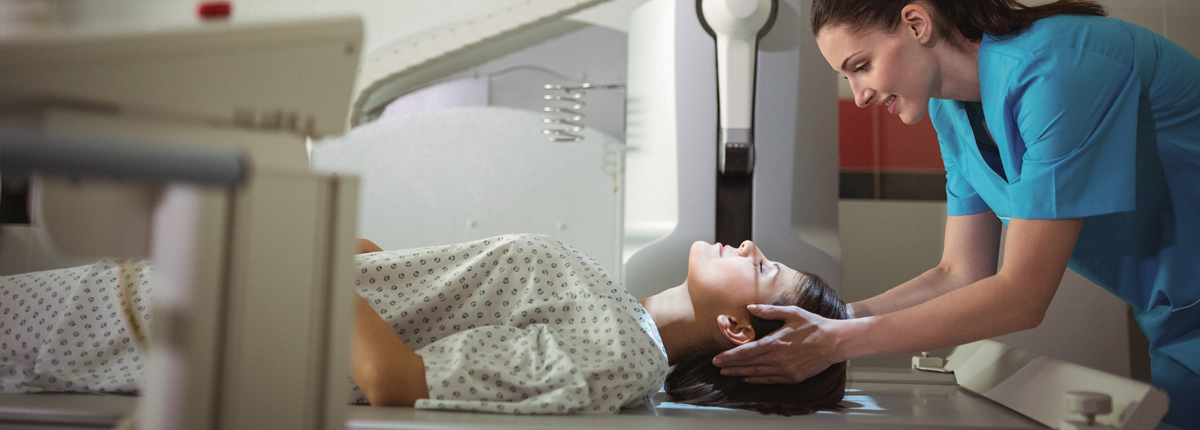
Our subspecialty experts utilize multi-modality imaging to diagnose and assist other physicians in treating diseases and conditions located in the abdomen and pelvis. This includes diseases and conditions affecting all major body organs and systems including liver, bladder, kidneys, prostate, uterus, pancreas and colon.
Why Choose Us?
We are very proud of our Abdominal Imaging team at the University of Arizona. In addition to our internationally renowned clinical and research faculty, we possess state-of-the-art instrumentation and facilities and a unique philosophy of care that results in direct benefits to patients’ outcomes. Of note, we possess organ-system expertise that puts us at the forefront of patient care with respect to:
- Detection of and staging of cancer
- Quantification of hepatic lipid and hepatic fibrosis, with new insights into metabolic syndrome through imaging
- Performing quantitative, single kidney renal function analysis that includes both glomerular filtration rate and renal blood flow
- Performing dynamic contrast enhanced MRA that allows for non-invasive diagnostic vascular imaging
- Detecting and quantifying chronic pancreatitis, even in the setting of multiple negative prior studies
- Ability to perform MRI even in the setting of most intra-cardiac devices and chronic renal disease
- Use of state-of-the-art dual energy CT technology for automated analysis of renal stone composition
Furthermore, we are at the forefront of safety and cost effectiveness. We have championed non-radiation, non-invasive methods of diagnosis, including using MRI as the primary imaging modality for patients that present to the emergency room with acute abdominal pain. We have developed cost-effective strategies to arrive at accurate, specific diagnoses, employing low dose or non-radiation-based imaging technologies, thereby obviating the need to perform additional, more costly and/or invasive tests.


